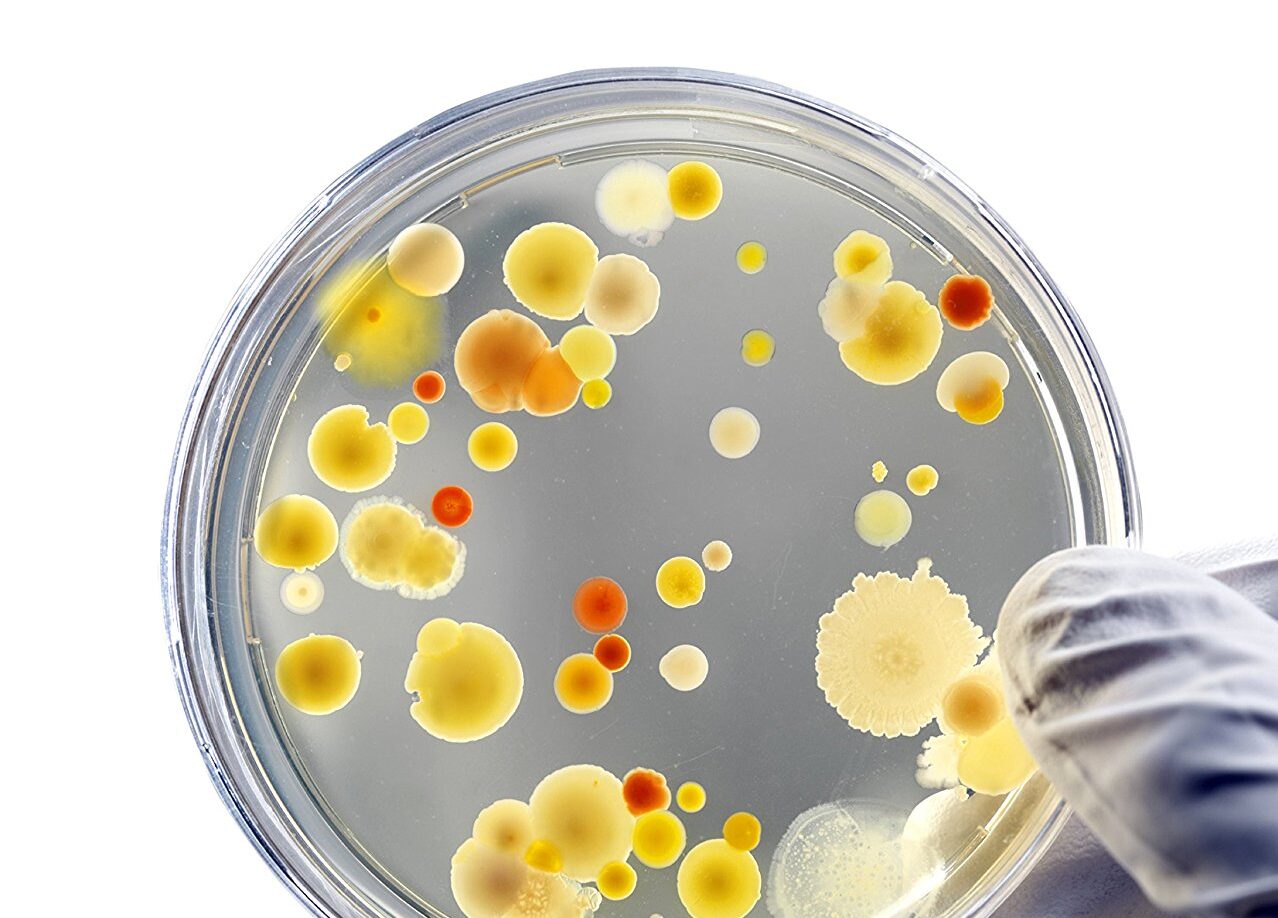PRESERVATIVES IN COSMETIC PRODUCTS
The European Cosmetic Regulation ((EC) No 1223/2009) defines preservatives as substances which are exclusively or mainly intended to inhibit the development of micro-organisms in the cosmetic product. In other words, a preservative is a natural or synthetic ingredient that is added to products to prevent them from spoiling.
For several decades, preservatives have been used safely in cosmetics. Preservatives are added to cosmetic and personal care products to reduce the risk of microbial contamination of the product and to ensure it remains suitable and safe during shelf-life and the period of its use by consumers. Without preservative ingredients, a cosmetic product would likely pose a risk to the consumer, have a very limited shelf life and would easily spoil. Microbiological contamination of products, especially those used around the eyes and on the skin, can cause irritation or infections.
There are several types of preservatives and they differ widely on their ability to preserve a cosmetic product. Only preservatives that undergo rigorous evaluation (including safety assessments and quality testing) and are considered safe are allowed for use in cosmetics.
But how do you select which preservative to use? The main goal is to use a minimum concentration to obtain optimal efficacy, while avoiding any safety issues associated with a particular preservative. The type of product, its intended use and application sites, consumer needs, type of packaging, water concentration, and interaction with other ingredients are some factors that need to be taken into account.
Cosmetic products placed on the European Union (EU) market may only contain preservatives that are listed in Annex V (list of preservatives allowed in cosmetic products) of the Regulation (EC) No 1223/2009 on cosmetic products, subject to conditions (e.g., concentration limits). Furthermore, according to this Regulation, cosmetic products must undergo a preservation challenge test.
Parabens, phenoxyethanol, chlorphenesin, triclosan, methylisothiazolinone and methylchloroisothiazolinone, DMDM hydantoin and benzoic acid are some of the most commonly used preservatives in cosmetic products.
If you wish to get more information on this or other subject, feel free to contact us at info@criticalcatalyst.com.
References:
- Regulation (EC) No 1223/2009 of the European Parliament and of the Council of 30 November 2009 on cosmetic products.















